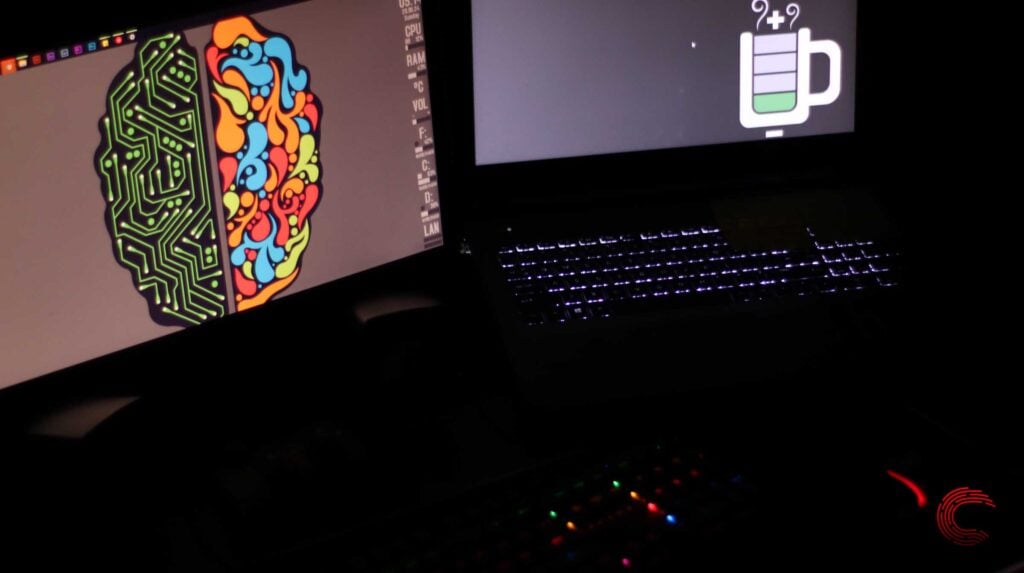Laptops are incredible; however, packing all that power into such a small form factor can have its downsides. In most cases, laptops can be pretty hard to diagnose for the average consumer if something goes wrong on the hardware end.
In this article, we’re taking a look at what to do when your laptop won’t turn on — including the causes and the fixes.
Check the battery
The first thing you should do is make sure that the battery is installed correctly and charged. If your laptop doesn’t have a removable battery, plug it in and let the battery charge for about 30 minutes before trying to turn your laptop on again.
Also read: CPU Fan error: 7 Fixes
Drain residual power
Another thing you should try is draining all residual power in the laptop’s battery. Remove the battery (ignore if your laptop doesn’t have a removable battery), press and hold down the power button for about 30 seconds and plug the AC adaptor into the laptop. It should turn on just fine now.
The power supply
The next thing on the list is to ensure your laptop’s charger is working fine. If the power supply is broken and your laptop runs out of battery, getting it started can be a bit of a task.

Plug the laptop in and check for any signs of the battery charging. Most laptops have some sort of LED indicator on them to show that the battery is active. In case there’s no sign of the battery charging, chances are you’re going to have to get another charger.
The CMOS battery
If you’re trying to boot a rather old laptop that has been off for quite some time or is being used without the primary battery removed, try replacing the CMOS battery on the motherboard to see if you can bring it back to life.
Also read: Arrow keys not working in Excel: 3 Fixes
Remove all external storage devices
If you’ve got flash drives or memory cards in any of your laptop’s ports, try removing them and then start your laptop. The BIOS may be trying to boot from any removable media instead of the main drive, which can get it stuck since there’s no OS on any removable media.
Check the hardware
Check to make sure that no beeping sounds are coming from your laptop. Most laptops will emit a beeping sound sequence to let you know that something is wrong and the system can’t start. If you’ve recently installed a new RAM module or storage drive, check to ensure everything is connected properly and that there aren’t any gaps or disconnected wires.
Check for screen issues
If you hear sounds from your laptop like the fans spinning up, chances are you have a broken screen. First up, remove any external displays you might’ve connected to your laptop the force the main screen to function.

If the screen doesn’t light up, turn the lights down to see if there’s a faint image on the screen. If there is, this means that your screen’s inverter has blown and you need a replacement. Your display panel could be broken internally as well, and lastly, it could just be a malfunctioning brightness button.
Boot in safe mode
Your laptop might not boot normally, but chances are it might boot up in safe mode. Different manufacturers have different safe mode key assignments, so you’re going to have to consult the internet or the manual that came along with your laptop.
Use a rescue disk
If the reason behind your system not booting up is malware or virus, you can use a rescue disk to see if you can recover your system from a demise. Rescue disks can also take care of any OS problems you might face, especially if you’re on Windows.
Take it in for a repair
If all else fails, it’s in your best interests (and the laptop’s) to take it to a professional. We recommend getting in touch with your manufacturer and getting the machine services firsthand.






